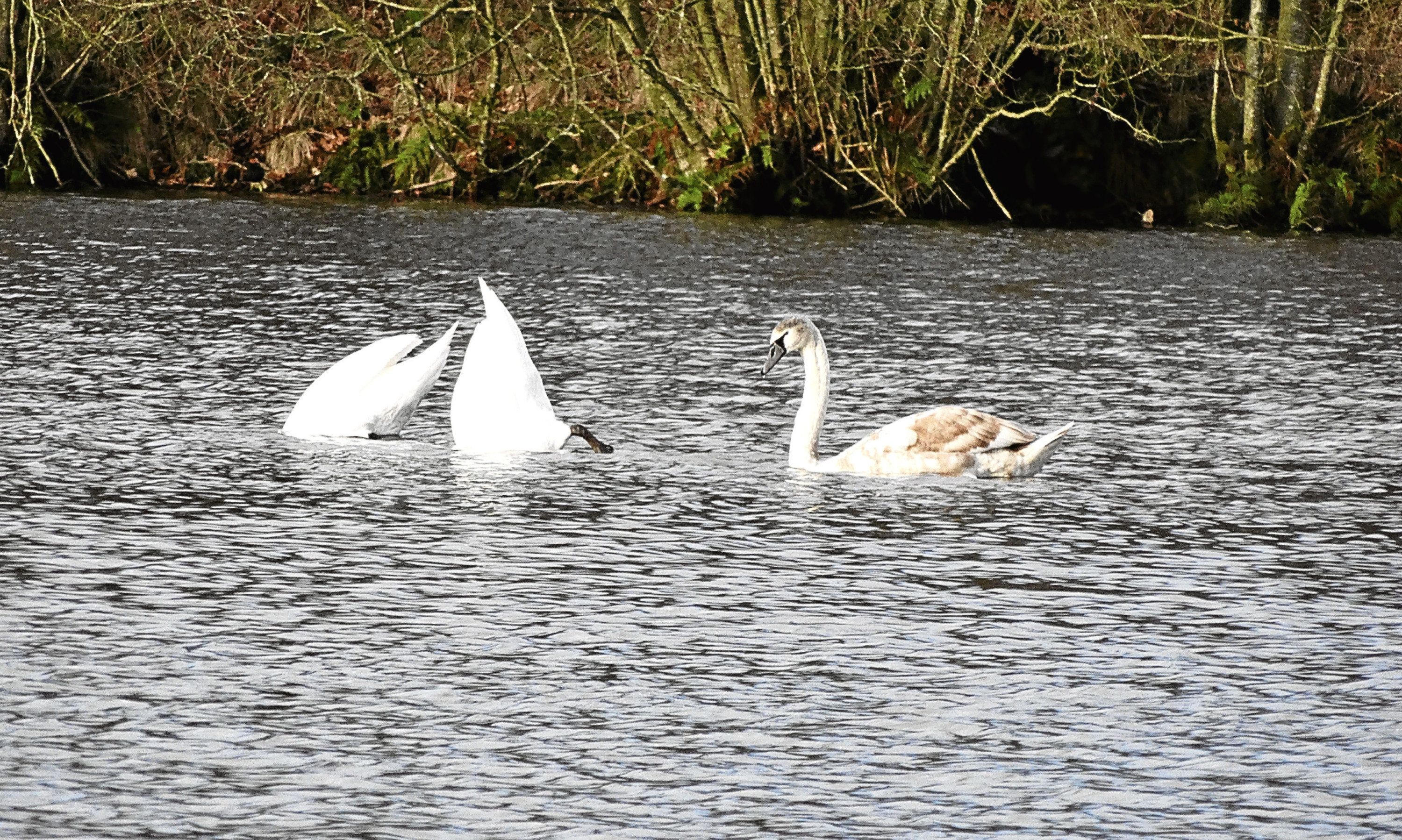Regular readers know of my interest in our old language; words and expressions of another age and others which have fallen altogether out of everyday speech. And I regularly come across new ones.
I was fair bamboozled when I read the story of Sir John Menteith who had “whummled the bannock”. As ever, first call is to my faithful 1882 Jamieson’s Etymological Dictionary of the Scottish Language, which told me that to whummle is to turn upside down – in other words, to turn over.
As a condition of his release from ransom by King Edward I of England, Scottish nobleman Sir John had to swear loyalty to King Edward.
He became involved in the betrayal and capture of William Wallace, who led the Scottish rebellion against Edward and famously defeated the English army at the Battle of Stirling Bridge in 1297.
Wallace was captured in 1305 when Sir John Menteith identified him to English troops by whummling or turning over a bannock, or small loaf, which was cooking on a fire.
Wallace was taken in chains to London and tried for treason in a show trial. Inevitably found guilty and sentenced to the hideous penalty for traitors, he was hanged, drawn and quartered.
His head was displayed on a pike on London Bridge and his four limbs displayed on the walls of Newcastle, Berwick, Stirling and Perth.
Sir John was tainted with the “stain of treachery” and, thereafter, to accuse your enemy of whummling the bannock was about the worst insult you could hurl at him – especially if his name was Menteith.
Language of food
Jamieson gives one definition of bannock as a cake – much like the one that was whummled, no doubt. The Border town of Selkirk is home of the Selkirk Bannock which the Doyenne describes as a fruit loaf or tea cake.
I asked for bannocks in a Laurencekirk baker’s shop expecting to buy oatcakes, and was offered pancakes. An old lady who had lived in New Deer in north Aberdeenshire told me that, there, oatcakes are called “breid”.
These regional differences are the fascination and attraction of our language for me.
New walk
I took Inka on a walk through a new bit of woodland. We came to a raised, curved bank which was too regular and smooth to be natural. It was the man-made embankment of Fasque Lake which was built in 1840 as an ornamental amenity for Fasque House, near Fettercairn.
I poked my head over the top of the bank and disturbed a spring of teal which was quietly dozing and feeding in the shallows. They catapulted off the water – hence the collective name of spring – and shot across the lake in a compact bunch, turning and twisting in unison like seashore waders, displaying their light underparts.
There wasn’t as much activity as I had hoped. A harsh, warning kronk from the far side of the lake told me I had been spotted by a vigilant heron.
I put the glasses on it and eventually found it in shallows at the edge of reeds surrounded by mallard which were loudly coffee shopping among themselves.
Even out in the centre the lake must be quite shallow. I watched three mute swans upended and feeding on the aquatic plants on the lake bottom.
There were two adults and their cygnet still with its juvenile black bill and the last of its brown juvenile plumage.
I shouldn’t be surprised if they were the three I had seen 10 days earlier on the lochan at the foot of Glen Esk.
Winter feeding
It’s the start of the hungry gap period of the year for our garden birds. The hedgerow berries and wild seed heads have been stripped and the remaining stubbles are going under the plough.
Support your garden song birds by keeping feeders filled through until the spring and you’ll have the pleasure of them nesting in your gardens and visiting you for the rest of the year.
A month ago I reported that the Doyenne had been watching sparrows showing an apparent early interest in one of our nesting boxes. I suggested then that they were investigating it for an overnight roost.
They have continued to pop in and out of the box and last weekend I opened it. There’s no nest yet but as an experiment I hung out an old peanut feeder filled with the breast feathers of partridge and pheasants that I had plucked. By Wednesday morning it was empty.
It would appear that some garden birds are already building nests and using the feathers to line them, which seems unusually early, even taking account of the open winter we’ve had so far.
At the top of Stracathro Hill I stopped the car to watch two cock pheasants going hammer and tongs at each other. There wasn’t a hen pheasant in sight so I suspect this was a battle for territory.
As ever with these battles, the loser suddenly accepted defeat and ran off, and the victor strutted about crowing what a tremendous chap he was to any hen pheasants that would listen.
